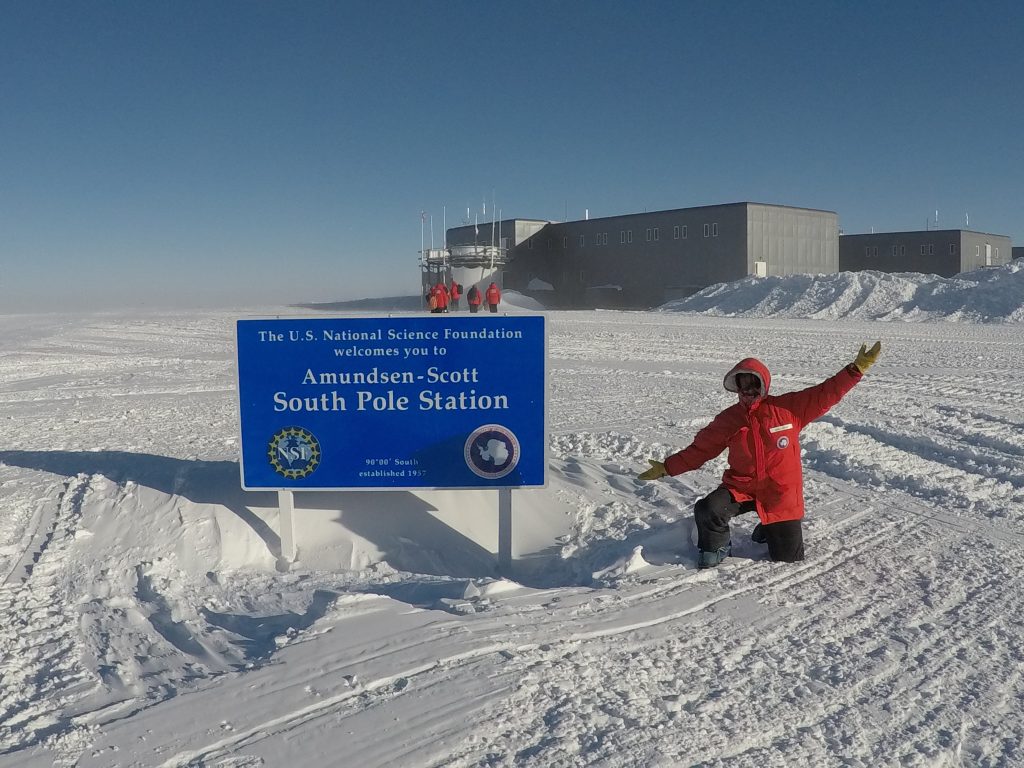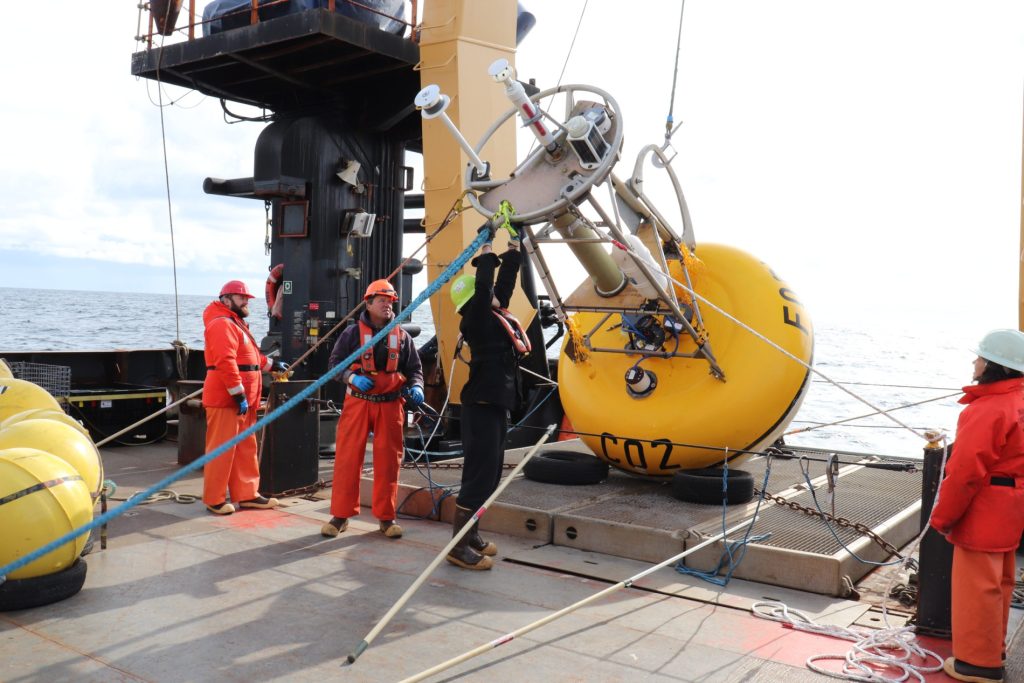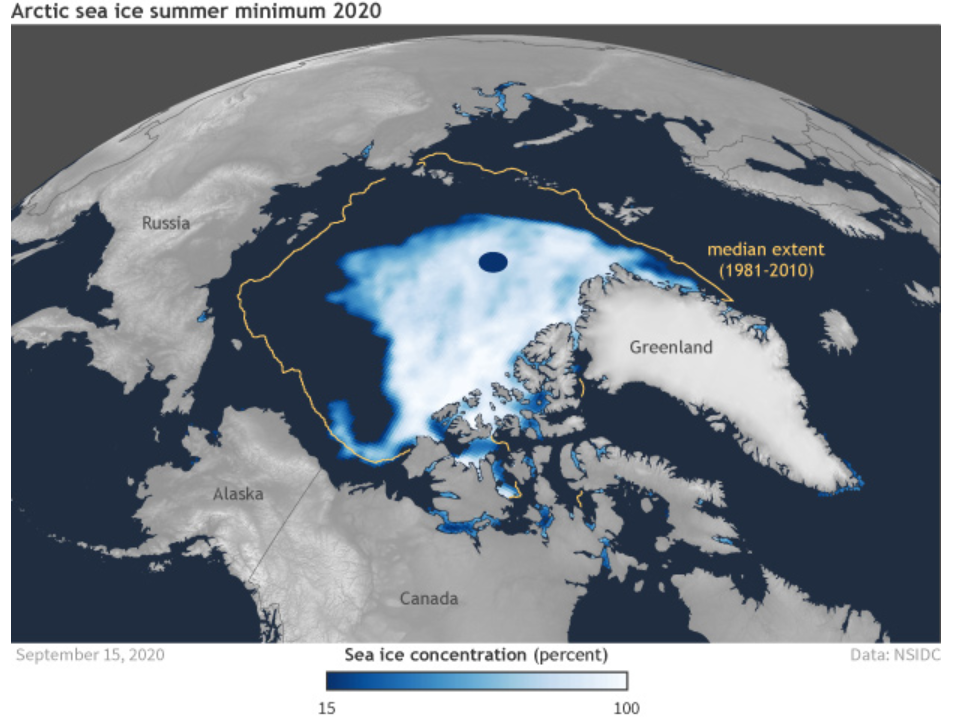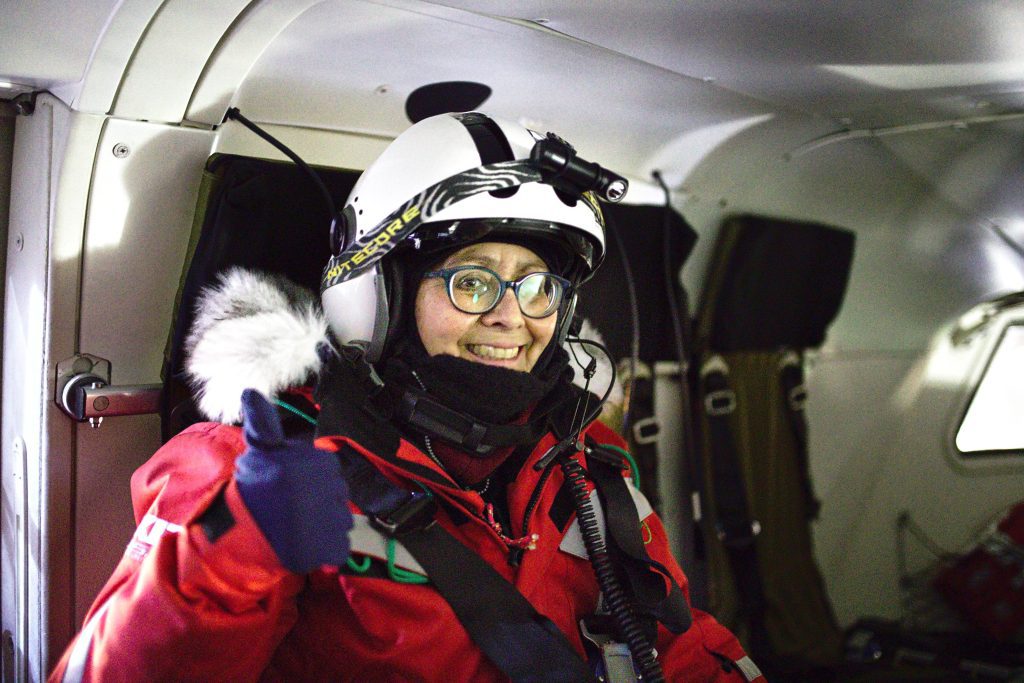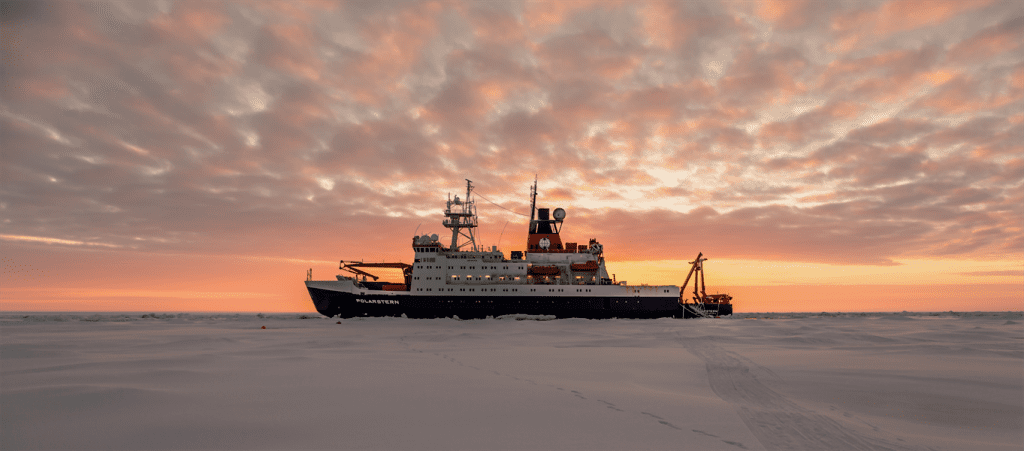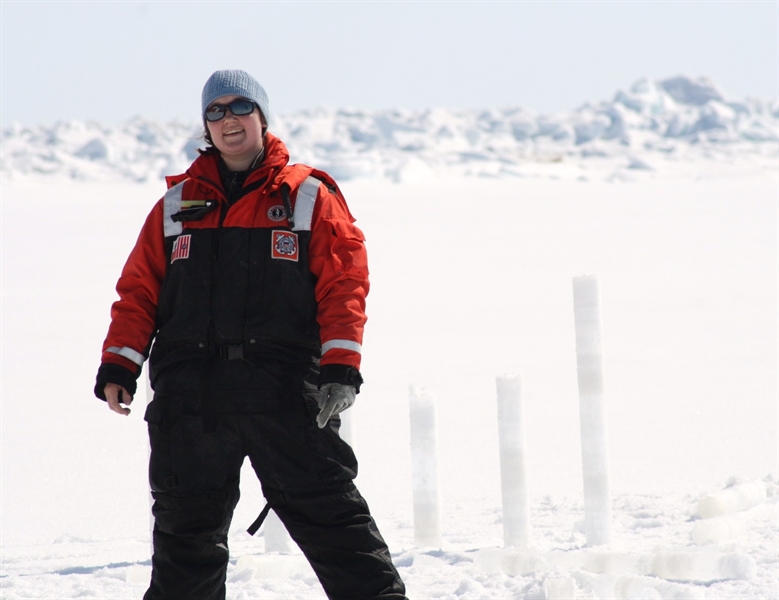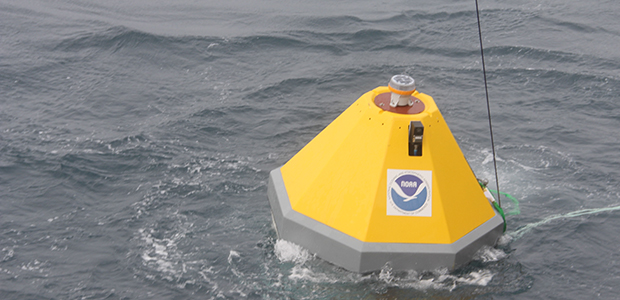Read some of our favorite interviews with NOAA scientists
NOAA scientists collect critical ice and atmospheric data in the Arctic, use innovative approaches to track ocean acidification, build elegant climate and ecosystem models – and so much more. That work leads to more accurate weather forecasts and an overall deeper understanding of the intricacies of our planet.
Read some of our favorite interviews with NOAA scientists Read More >
